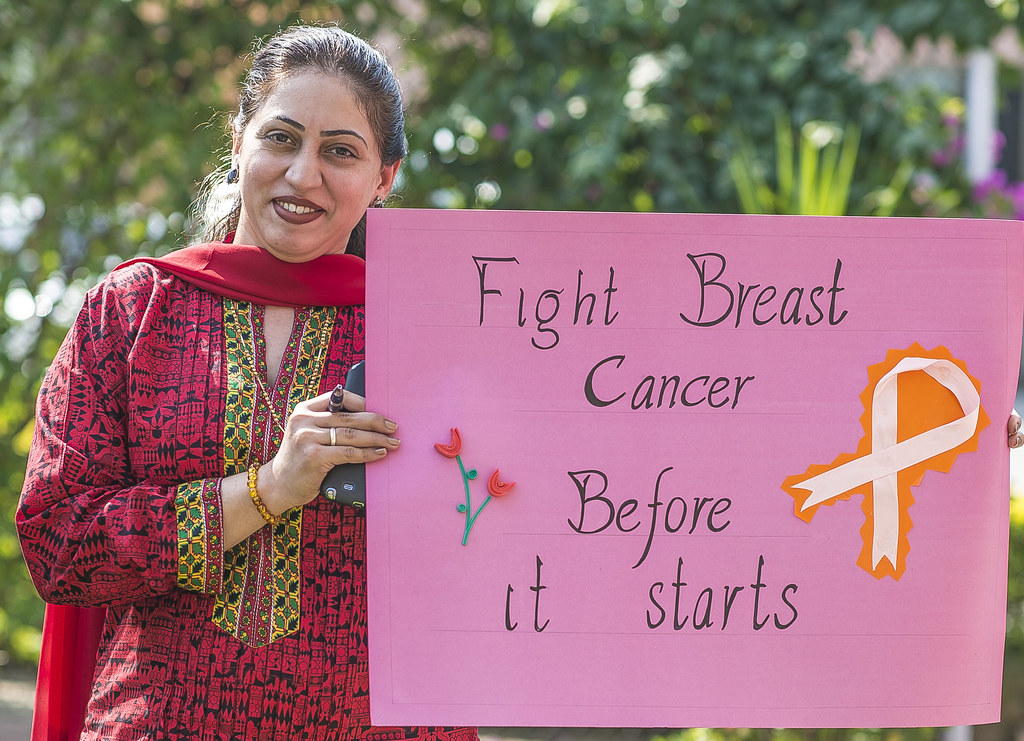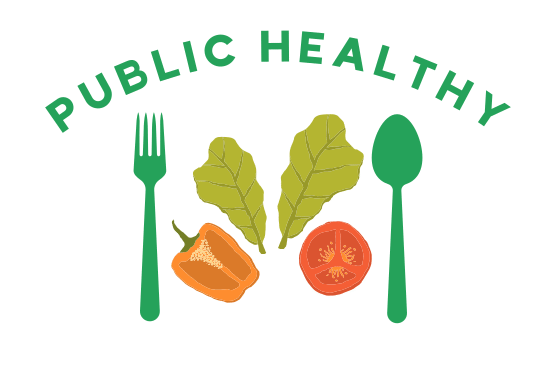
A Personal History of Breast Cancer
A woman with breast cancer in one breast has a three to fourfold increased risk of developing a new cancer in the other breast compared with women who have never had breast cancer. There are some women who are most likely to get a second cancer, including women who are younger when they got their first cancer and women with a strong family history of breast cancer. Treatment with tamoxifen seems to reduce the chance of developing a second breast cancer by about half.

Gender and Age
The two strongest risk factors for developing breast cancer are being a woman and getting older. Although men can develop this disease, male breast cancer occurs very rarely. Women are at least one hundred times more likely to get breast cancer compared with men. In the United States, the average age at breast cancer diagnosis is sixty two, and three quarters of all breast cancers occur in women over age fifty.
Race and Ethnicity
Caucasian women have the highest risk of getting breast cancer in this country. However, the risk of breast cancer is considerable in other racial and ethnic groups. Of particular concern is the increasing rate of breast cancer occurrence in African American women, particularly younger women. In fact, in women under age fifty, the risk for African American women is greater than for Caucasian women. American women who are of Asian, Native American, or Hispanic origin have lower rates of breast cancer compared with Caucasian women. However, their risk is still considerable, and it is higher than the rates of breast cancer in women of similar race or ethnic backgrounds in other countries.
Even though women of color in America are at considerable risk of getting breast cancer, they are not getting screened for this disease at the same rate as white women. The reasons for this are not clear but might include access to, or acceptability of, screening mammograms and clinical breast exams. Or it may be that the cost of a mammogram is prohibitive to women with lower incomes or who are uninsured. The unfortunate result of this lack of screening is that if a woman of color gets breast cancer in this country, she is more likely to have advanced disease and more likely to die of breast cancer, compared with a white woman who gets breast cancer. The prevention of new and recurrent breast cancer is therefore a vitally important issue for all American women.
Family History and Genetics
As many as eight in ten women with breast cancer are the first ones in their families to develop the disease, that is, they have no family history of breast cancer. Nevertheless, your risk of developing breast cancer is higher than average if you have female relatives who have had the disease. This risk increases when family members develop breast cancer at a younger age (less than fifty), develop cancer in both breasts, or are closely related (mother, sisters). The inherited genes can be passed down either from your mother’s or your father’s side of the family .
The “Breast Cancer” Genes
About 5 to 10 percent of all breast cancers are due to inherited genes. Two breast cancer susceptibility genes, BRCA1 and BRCA2, have been identified so far. Women who inherit a mutated form of one of these genes have a high risk of developing breast and ovarian cancer. In families with inherited forms of breast cancer, there are typically more than two first degree relatives (mother, daughter, sister) with breast or ovarian cancer, and breast cancer occurs at a young age (forties, thirties, or even twenties).
Normally, the BRCA1 and BRCA2 genes help to prevent cancer by making proteins that keep cells from growing abnormally. If a woman has inherited a mutated gene from either parent, however, this cancer preventing protein is less effective, and the chances of developing cancer increase.
There is a 50 percent chance that the abnormal copy of a BRCA1 or BRCA2 gene carried by a parent will be passed on to a child. Women who inherit an abnormal form of BRCA1 or BRCA2 are highly susceptible to breast and ovarian cancers. Women of Ashkenazi Jewish descent, particularly those with a family history of breast or ovarian cancer, have a higher than average risk of carrying a particular abnormal form of the BRCA1 or BRCA2 gene. About 50 to 60 percent of women with BRCA1 or BRCA2 mutations will develop breast cancer by the age of seventy. Women with these mutations also have an increased risk for developing ovarian cancer. Men and women with a BRCA1 mutation have a slightly higher lifetime risk of developing colon cancer, and men have increased risk for prostate cancer.
Mutations of the p53 tumor suppressor gene can also increase a woman’s risk of developing breast cancer, as well as leukemias, sarcomas, and brain tumors. The Li Fraumeni syndrome, an inherited mutation in the p53 gene, is a rare cause of breast cancer.
A genetic test uses a blood sample to analyze DNA from a person to see if she has inherited a mutated BRCA1 or BRCA2. Testing the p53 gene is not part of usual breast cancer genetic testing but may be done if the family history raises the possibility of Li Fraumeni syndrome. If a mutated gene is found, the woman and her health care team can use this breast cancer prevention information to make decisions about breast cancer prevention strategies and the frequency of breast cancer screening tests. Some women at very high risk of developing breast cancer may choose to have a prophylactic mastectomy (surgery to remove the breasts before cancer develops). Physicians may also recommend removal of the ovaries after childbearing or menopause, due to the increased risk of ovarian cancer in BRCA1 and BRCA2 gene mutation carriers.
Screening the general population for these breast cancer genes is unlikely to be beneficial. A woman who tests negative for these two known genes could still develop breast cancer due to other genes or risk factors. There are also ethical, legal, social, and insurance issues related to genetic testing that need to be seriously considered before routinely offering and undergoing such testing. Women with positive results might not be able to get insurance, or coverage might be available only at a much higher cost. We strongly recommend that anyone considering undergoing genetic testing talk to a genetic counselor, nurse, or doctor qualified to evaluate your true breast cancer risk and to interpret and explain these test results. It is important to understand and carefully weigh the benefits and risks of genetic testing before these tests are done.

Leave a Reply
Your email address will not be published. Required fields are marked *